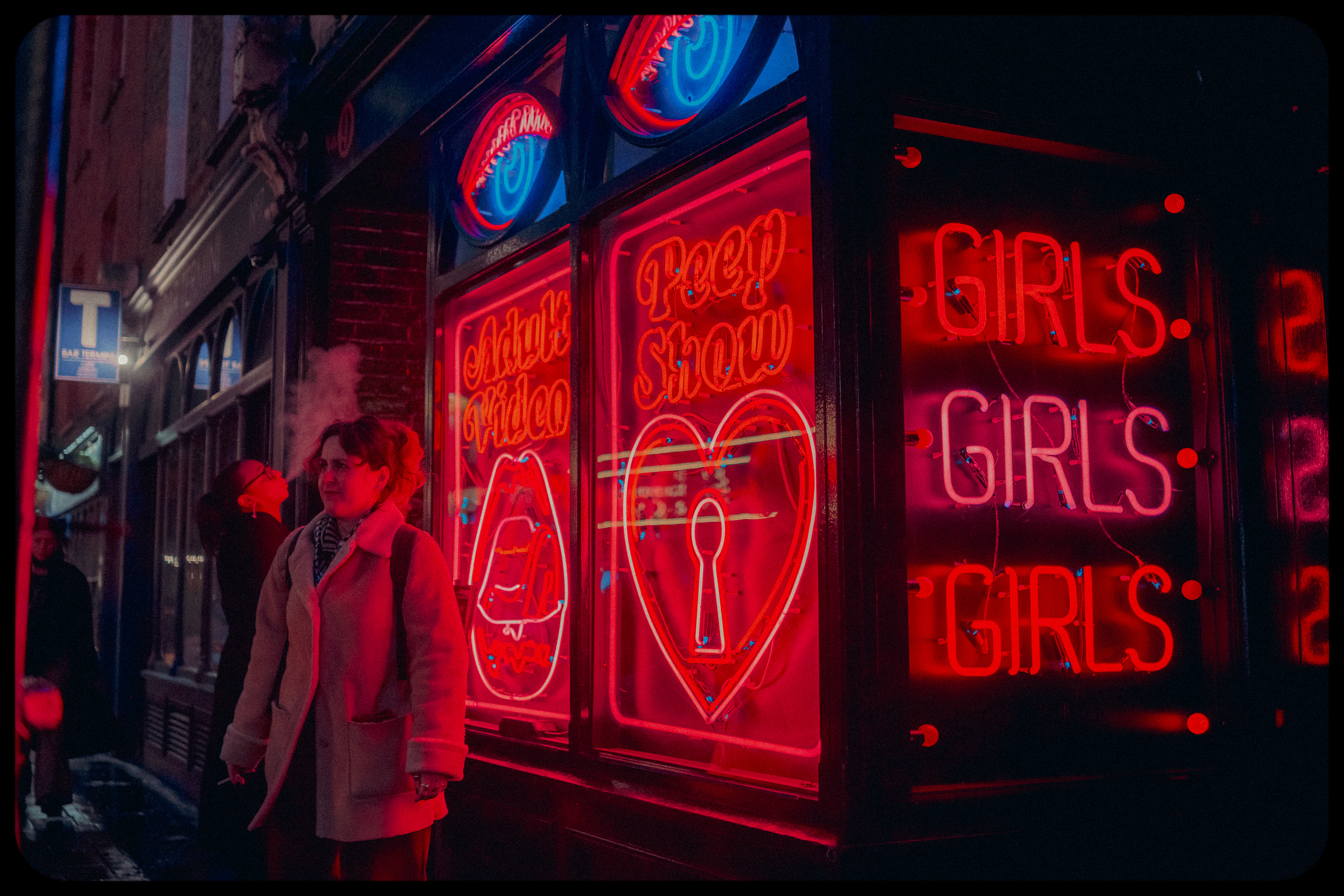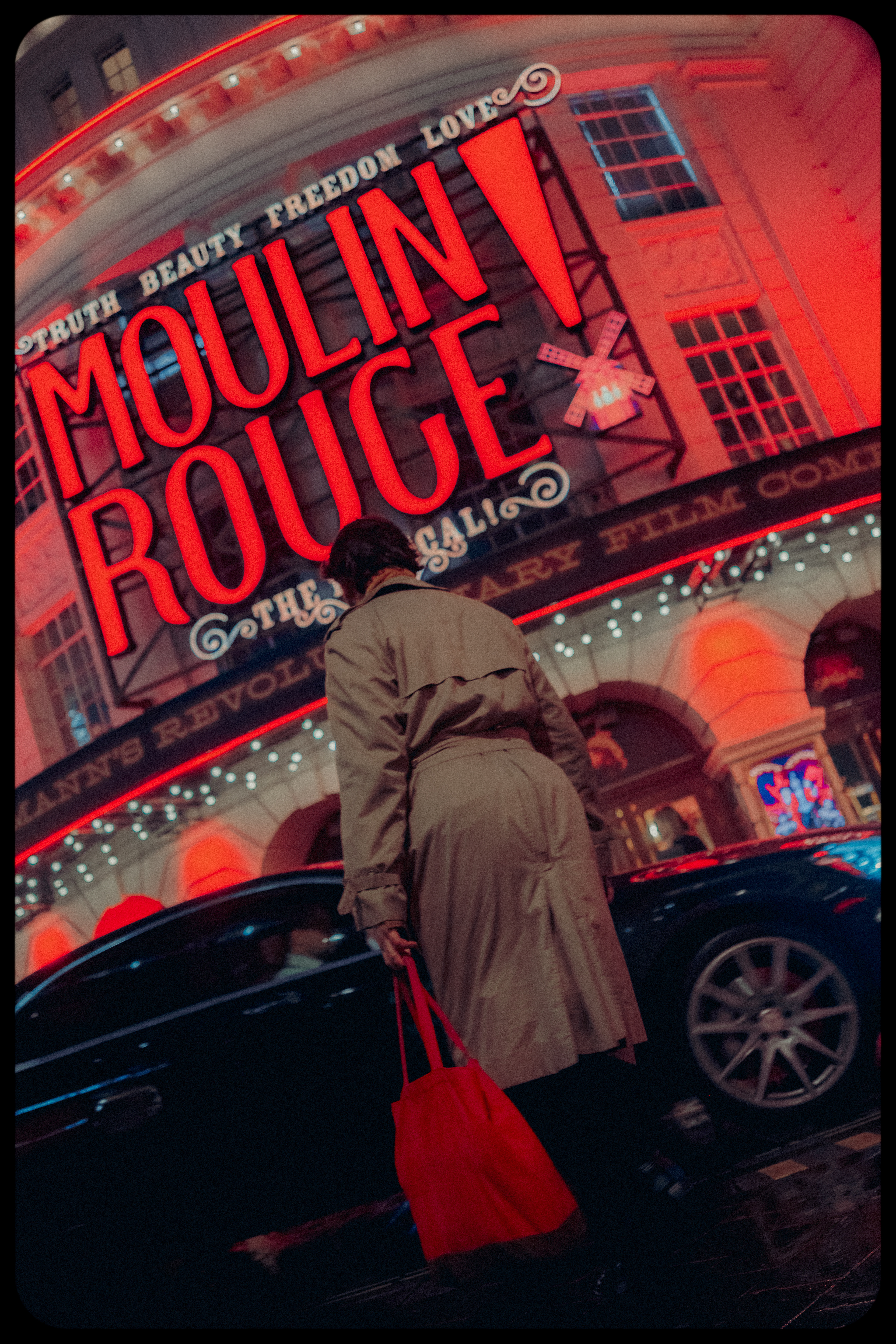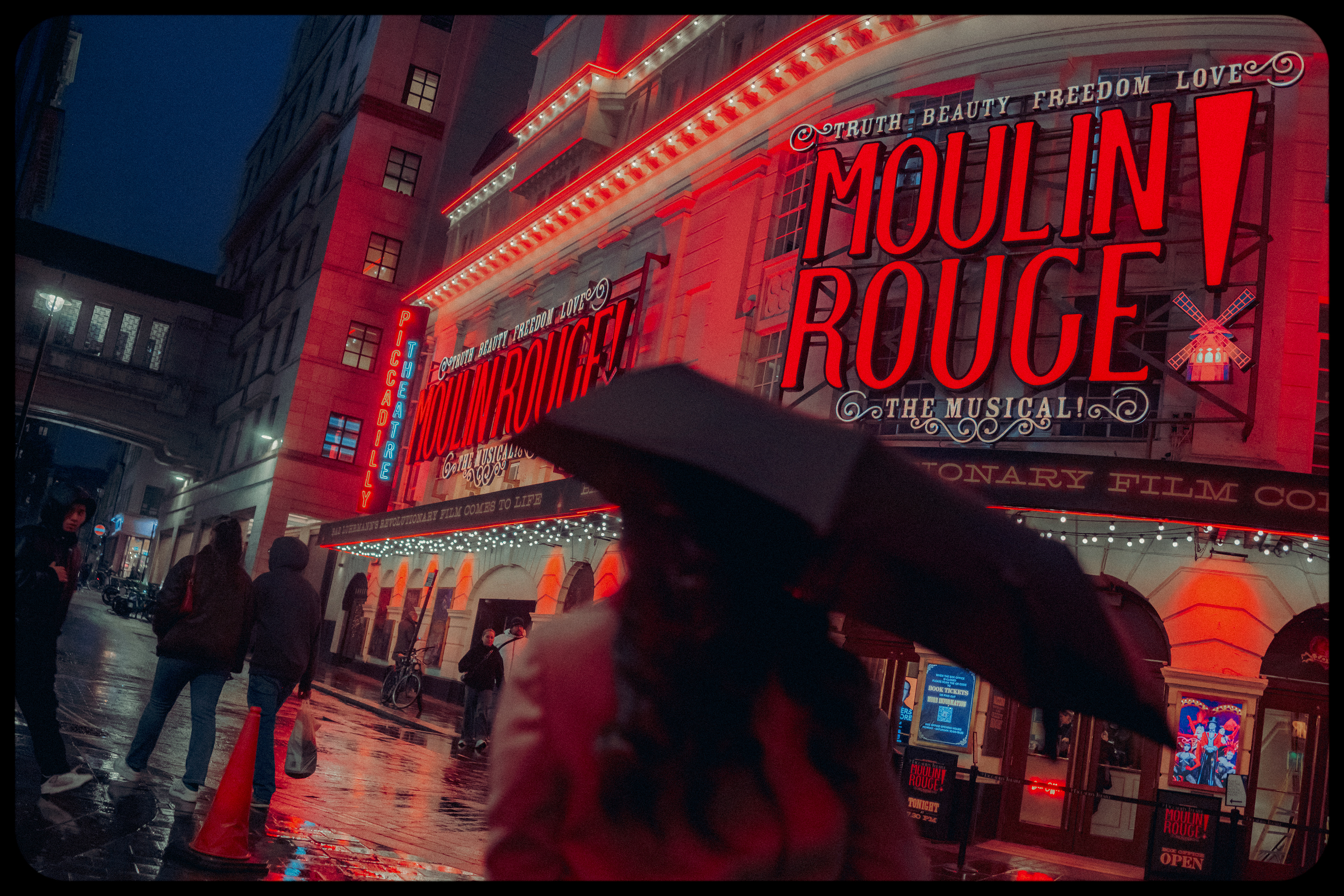RED LIGHT DISTRICT
There are some places that I could never bore of, and London is one of them. I find it fascinating. As a street photographer, I firmly believe it’s one of the best places to shoot and for me, a large part of that is Soho, the capital’s cultural epicentre. By day, Soho dresses itself much like other districts of the city — a host of cafe culture, of unique and interesting blends of multi-cultural eateries, of traditional London pubs and streets punctuated by small pockets of grassy squares for the workers to each their lunch and tourists to pretend they’re residents for a day. But when dawn hits, and the London sun retreats for its sleep, something happens that puts Soho on it’s own, quite wonderful, podium.
I’ve walked through Soho on many an evening and I can’t quite get over the energy it exudes. The music and the chatter meld into one melodic song, the lyrics unidentifiable but you still somehow get the gist: it’s a happy song. But something else happens to Soho that at ground level is viewed one by one, but from a bird’s eye view would symbolise a red river flowing through the Soho streets, painting the drinkers and the dancers in crimson. And like a moth to a flame, as a street photographer I am drawn to the vivid red neon lights that spill from every other window and round every other corner.
It’s hard not to think of these signs as subjects in themselves, rather than backdrops or light sources, of things that are used to enhance your scene or subject rather than be it and so sometimes I will let them play the role of main character in the image because, well, they deserve to be. I like to think of them as a piece of clothing, like an excellent hat or a garment that commands attention. When I see someone dressed in a way that creates an interesting character, it’s hard not to photograph them. A man with a cane and a top hat deserves to be seen. And so, these lights are much the same. They pull you towards the buildings they dress and make you question what and who may be inside.


And not only that, but they give an ambience to Soho that is conflicting and contradictory. They’re futuristic and modern and yet pull me back in to scenes of the1920s film noir time. This feeling is both enthralling and unsettling, as I hover between the two worlds, but it makes for stories and moments that illustrate the sort of photography I like to make: making the everyday into movie stills and bringing a feeling of the past to the streets of the present day. Soho at night for me acts as a purposefully constructed time-capsule, like a movie set for a film from a time long gone: the filming has wrapped, the director has shouted cut and the actors and the extras and the crew pile in for their after party: the two timelines collide and create magic.


